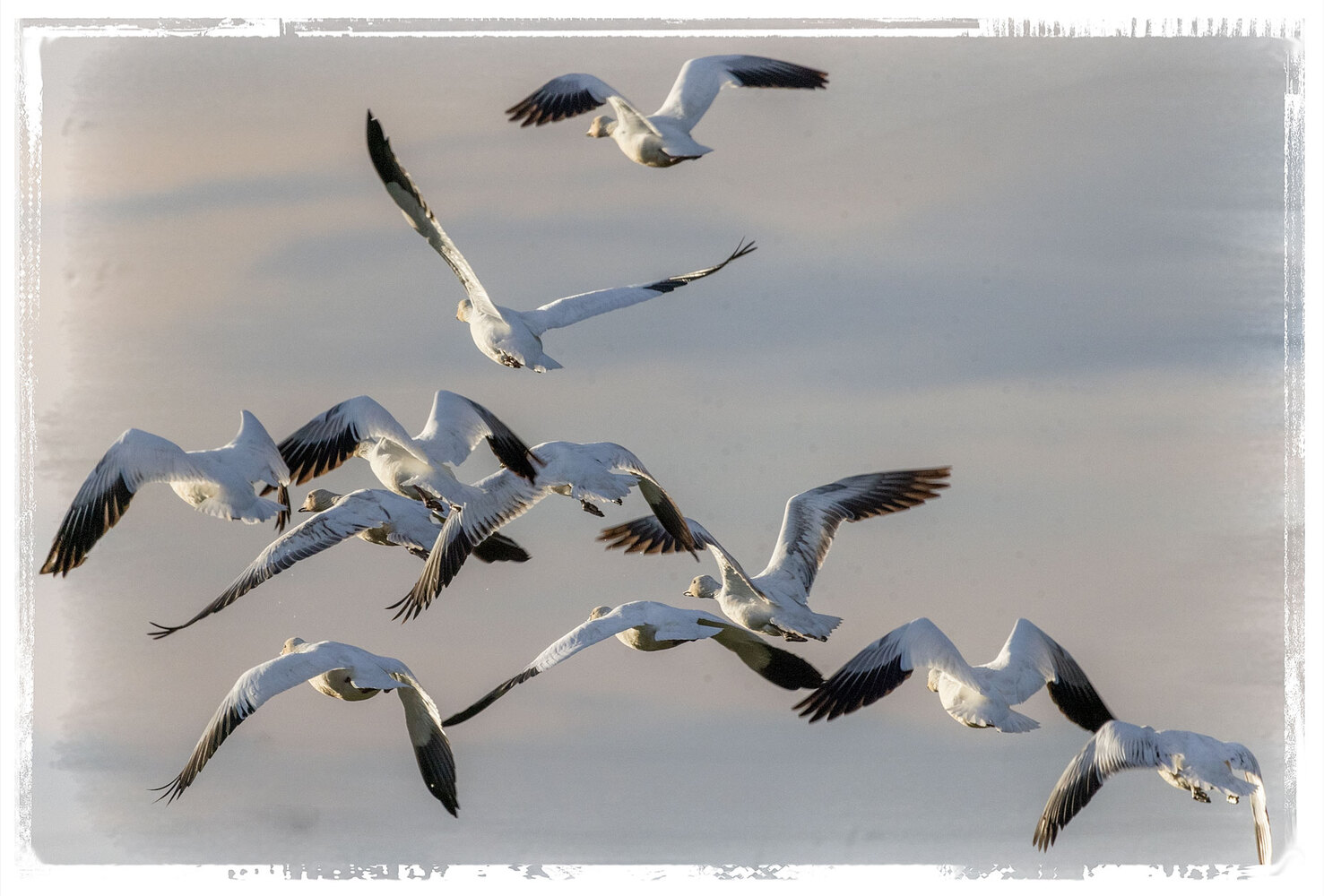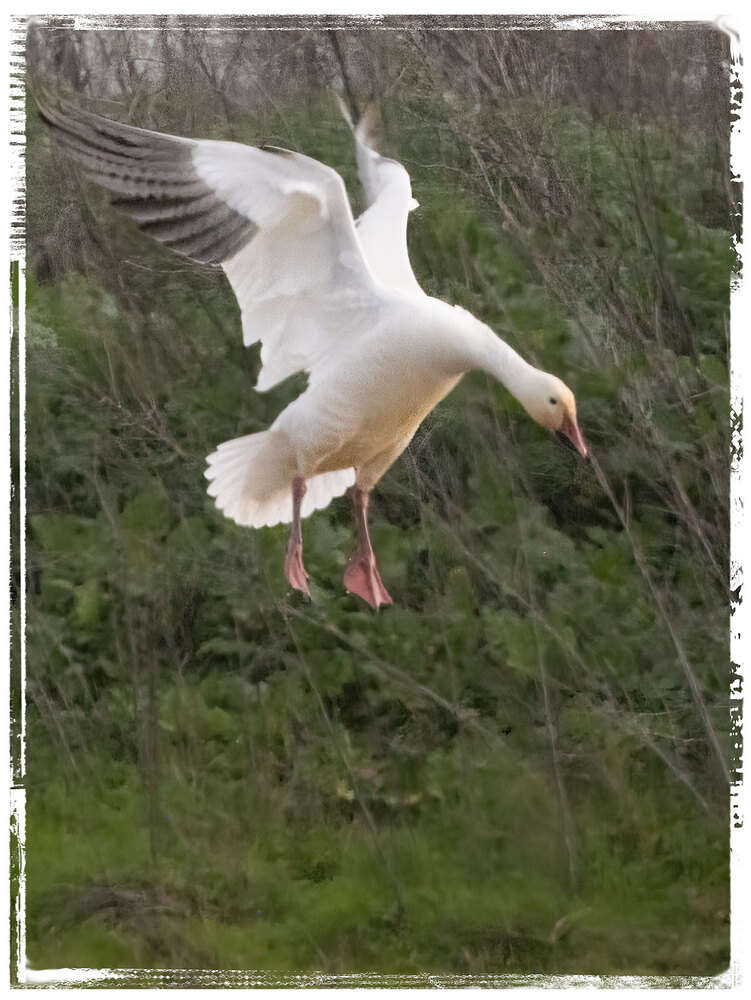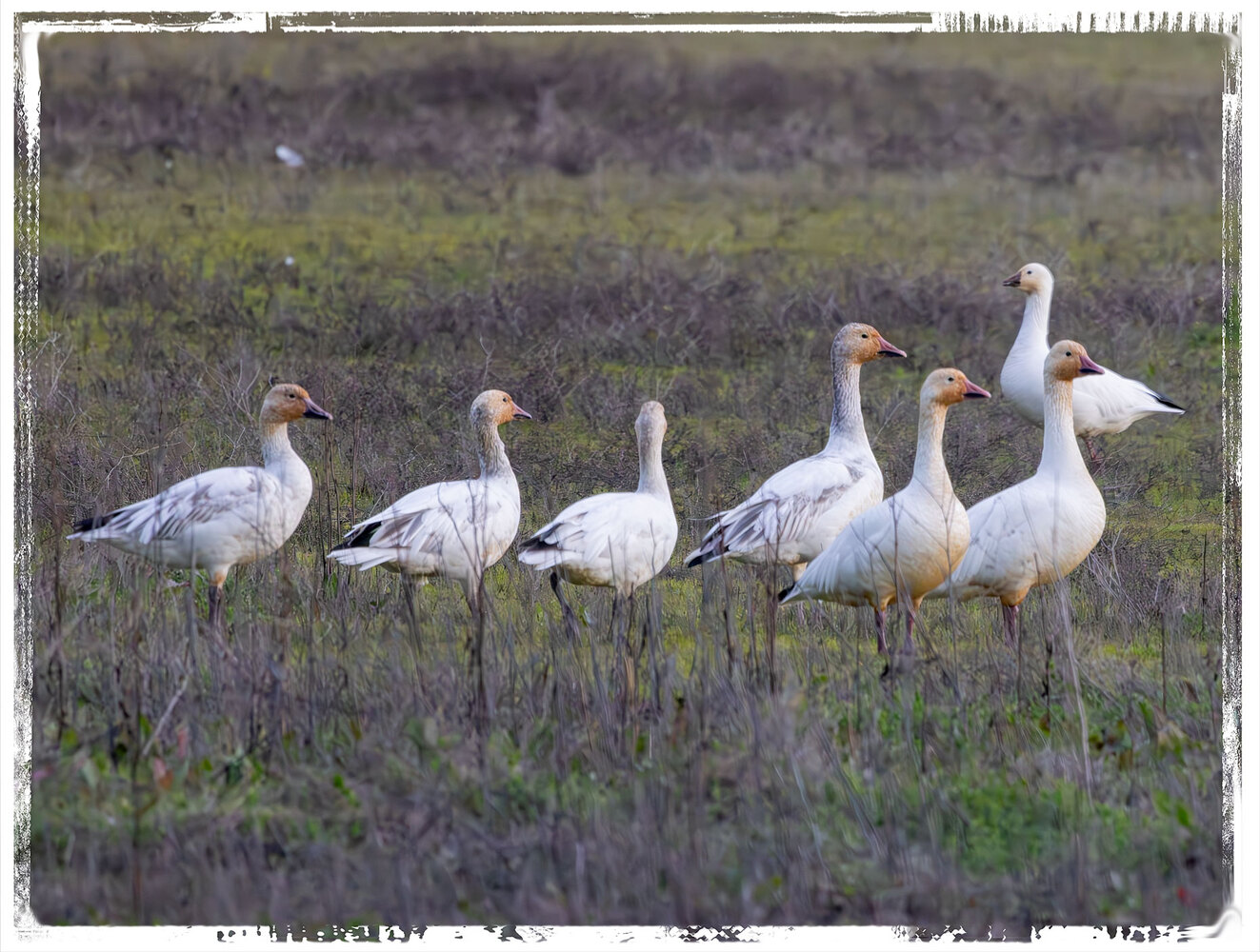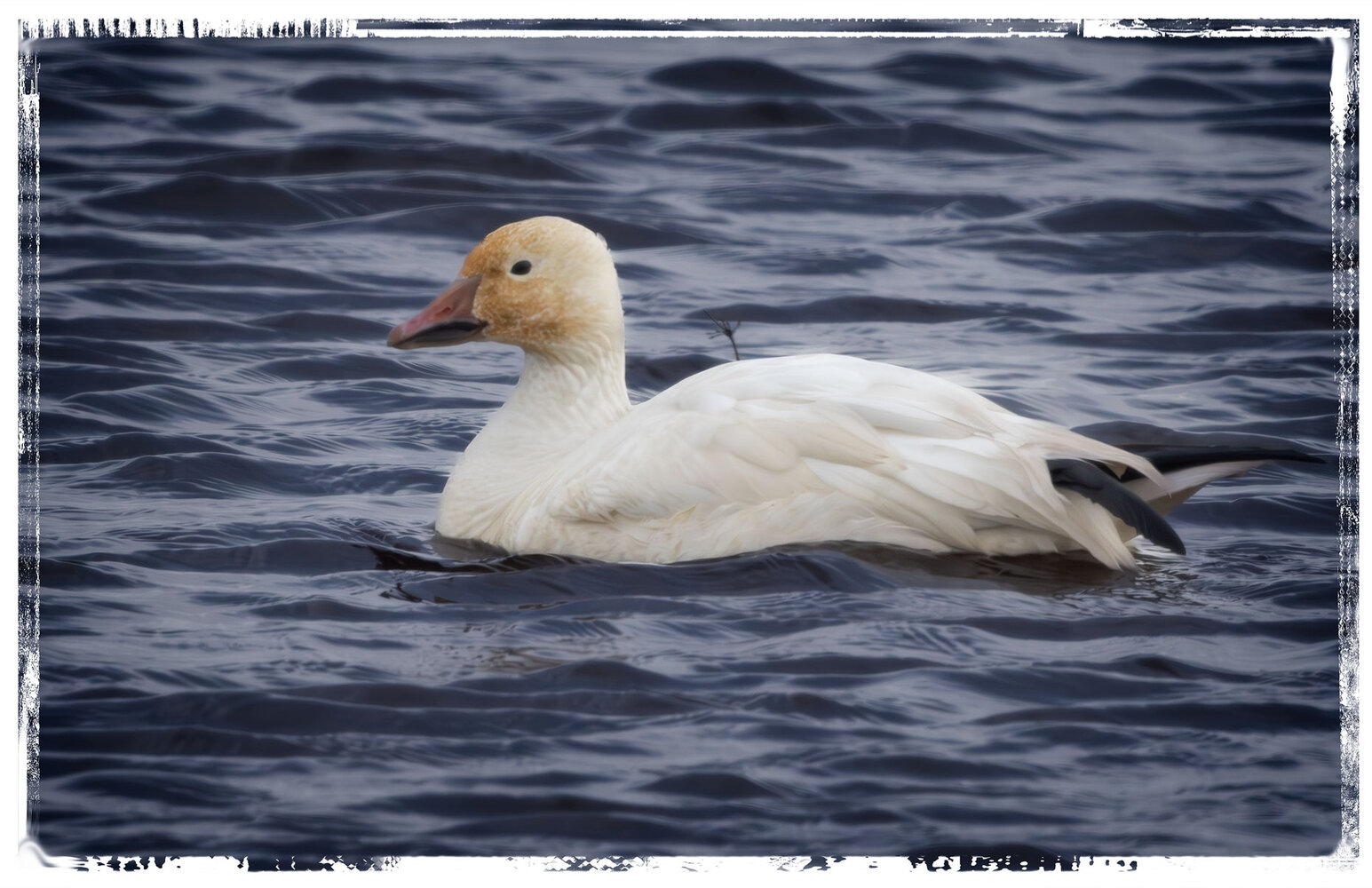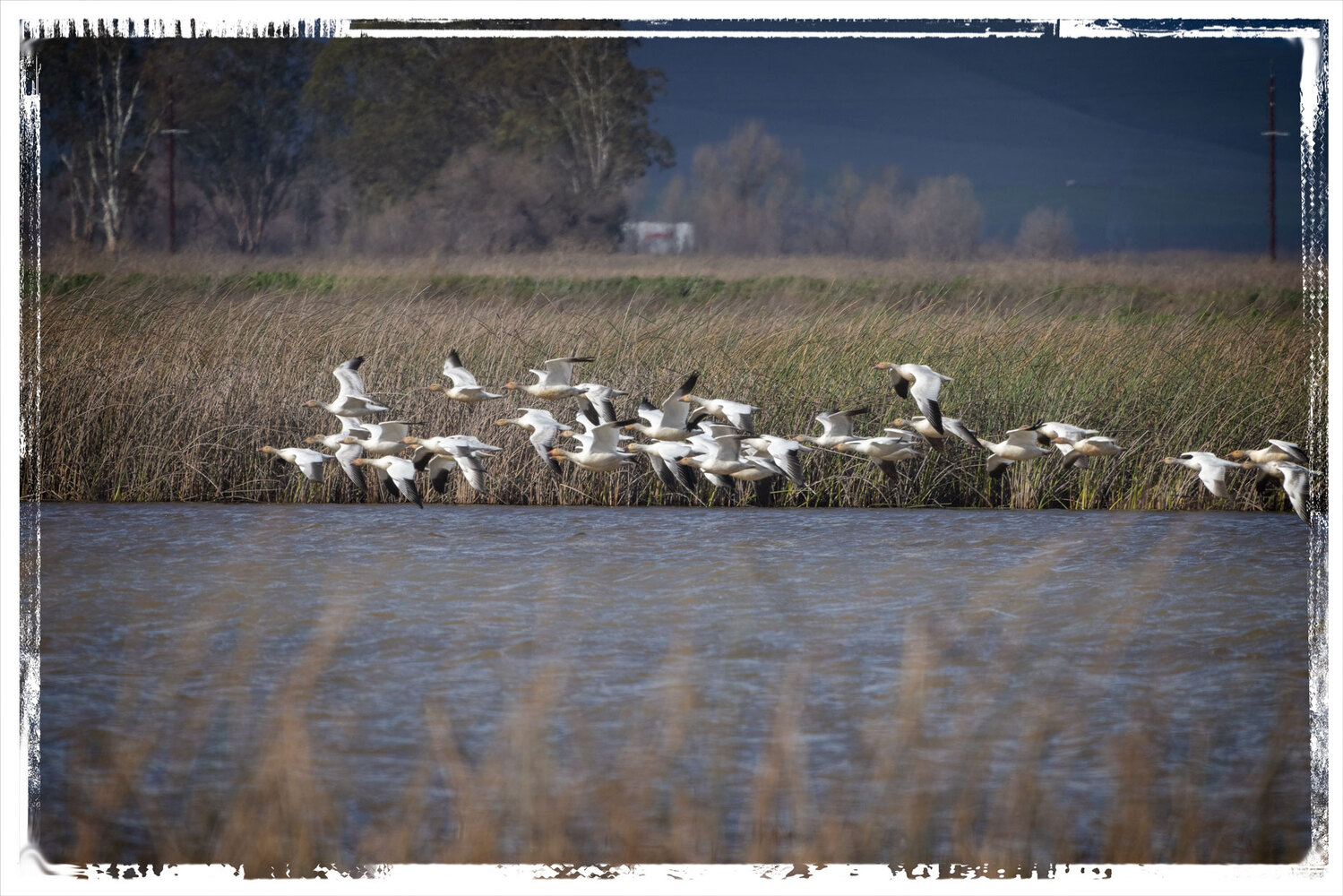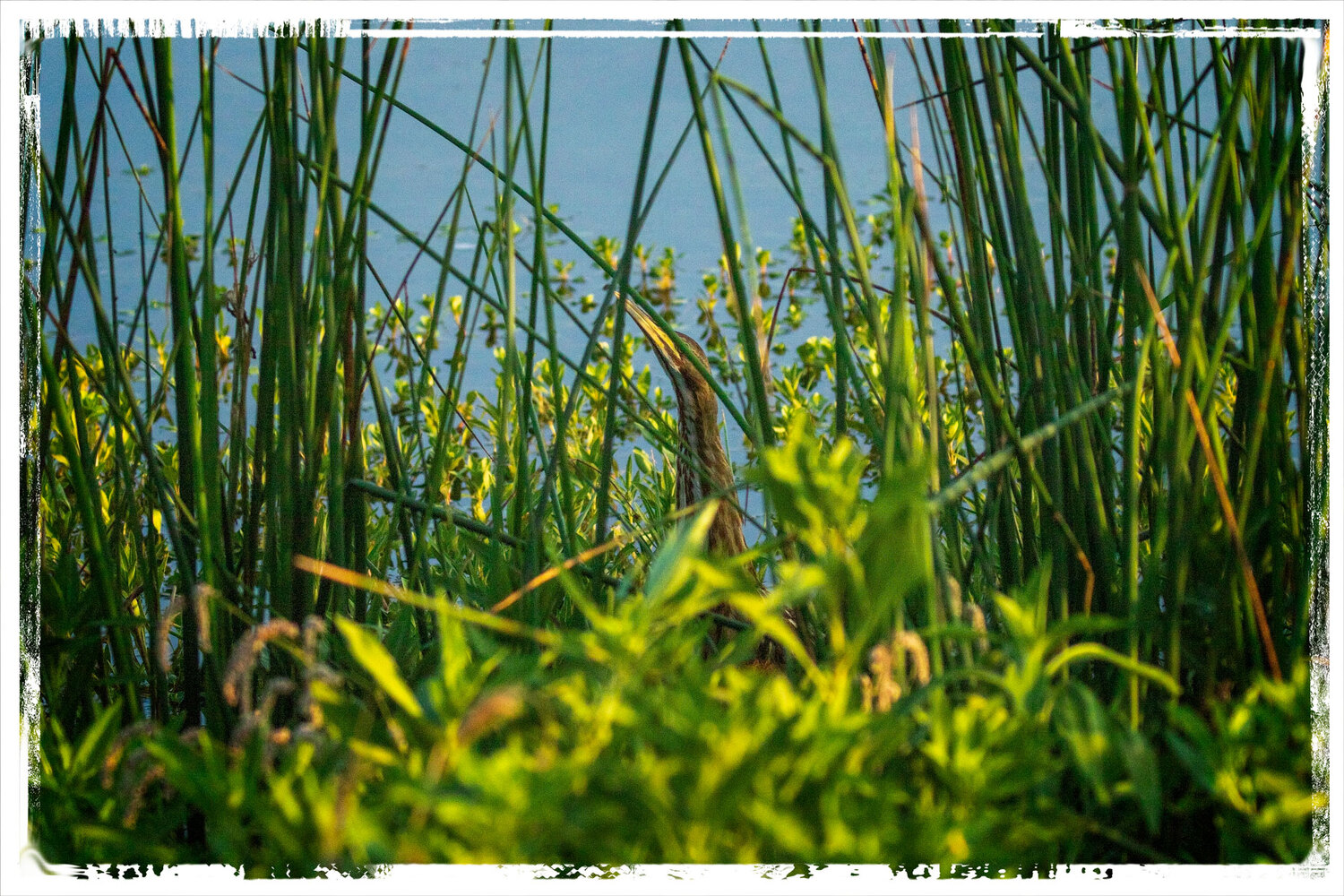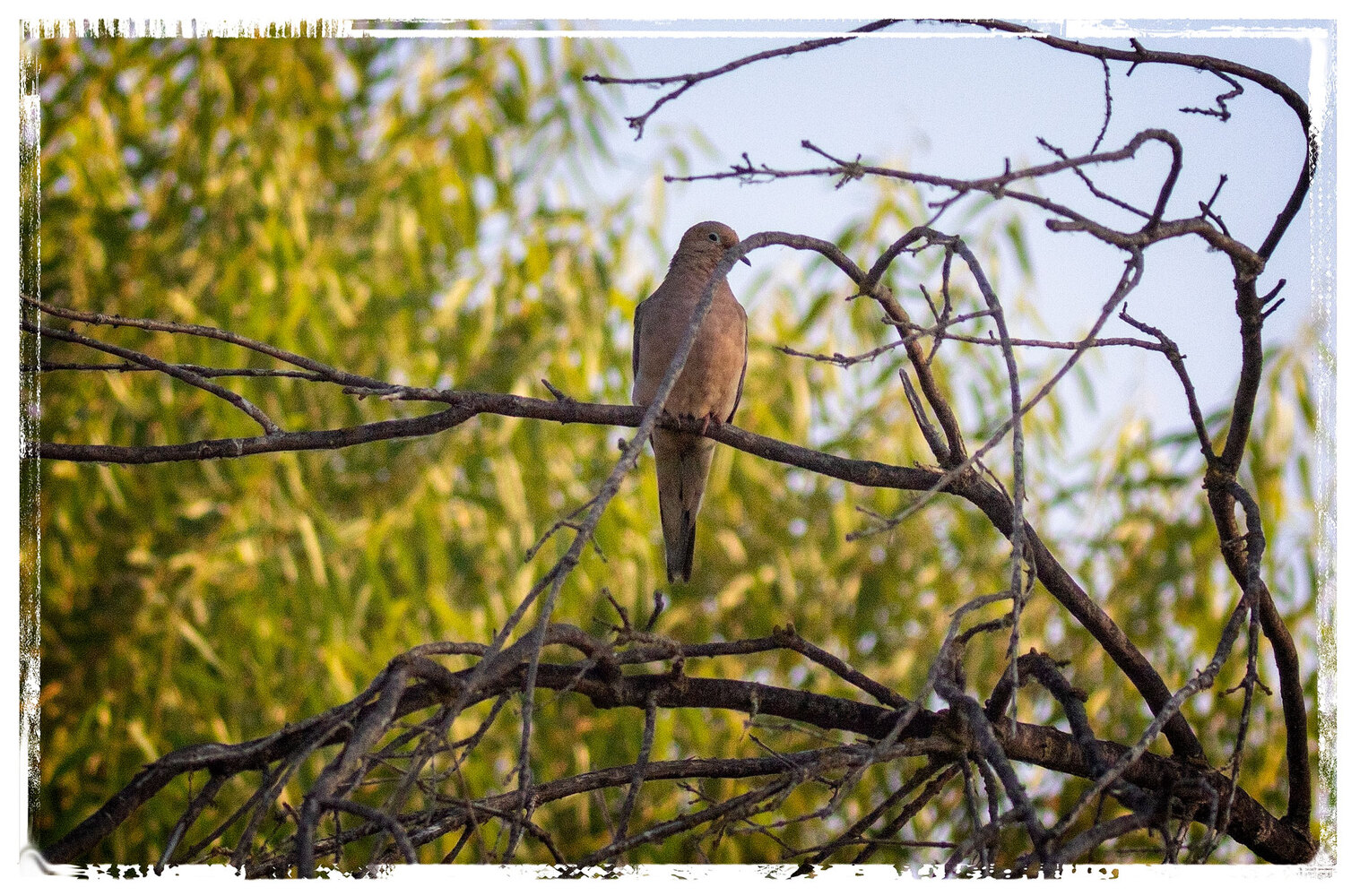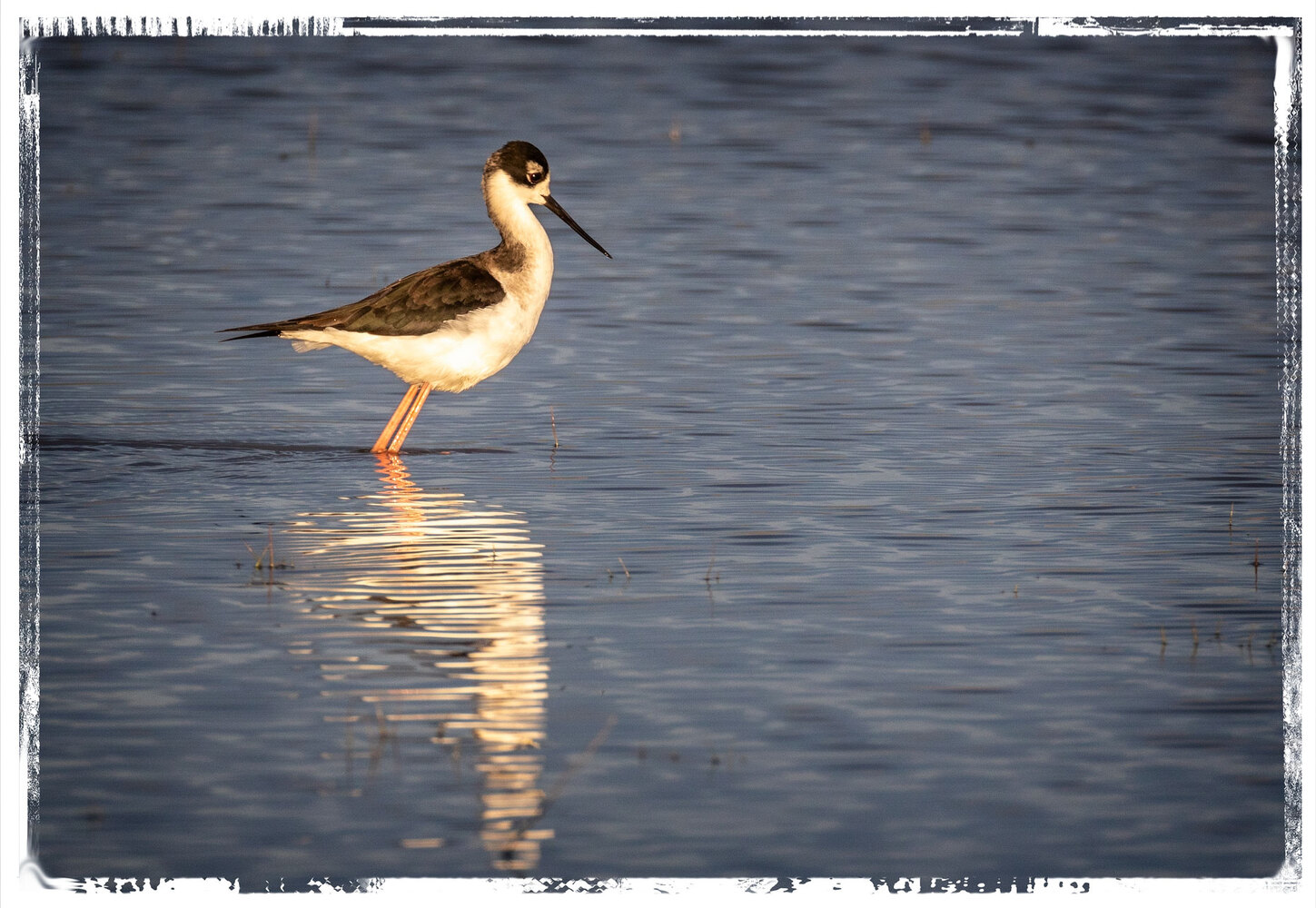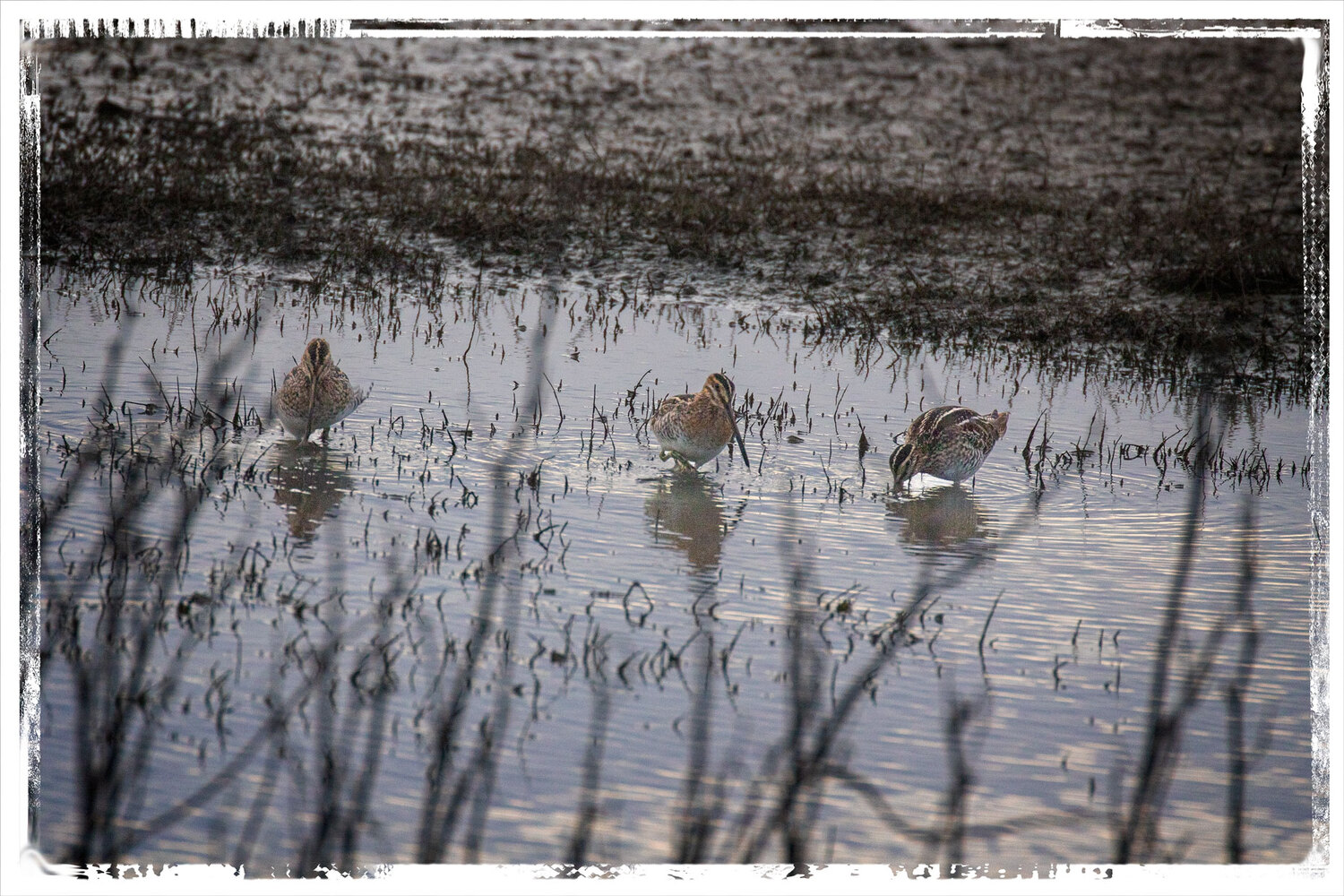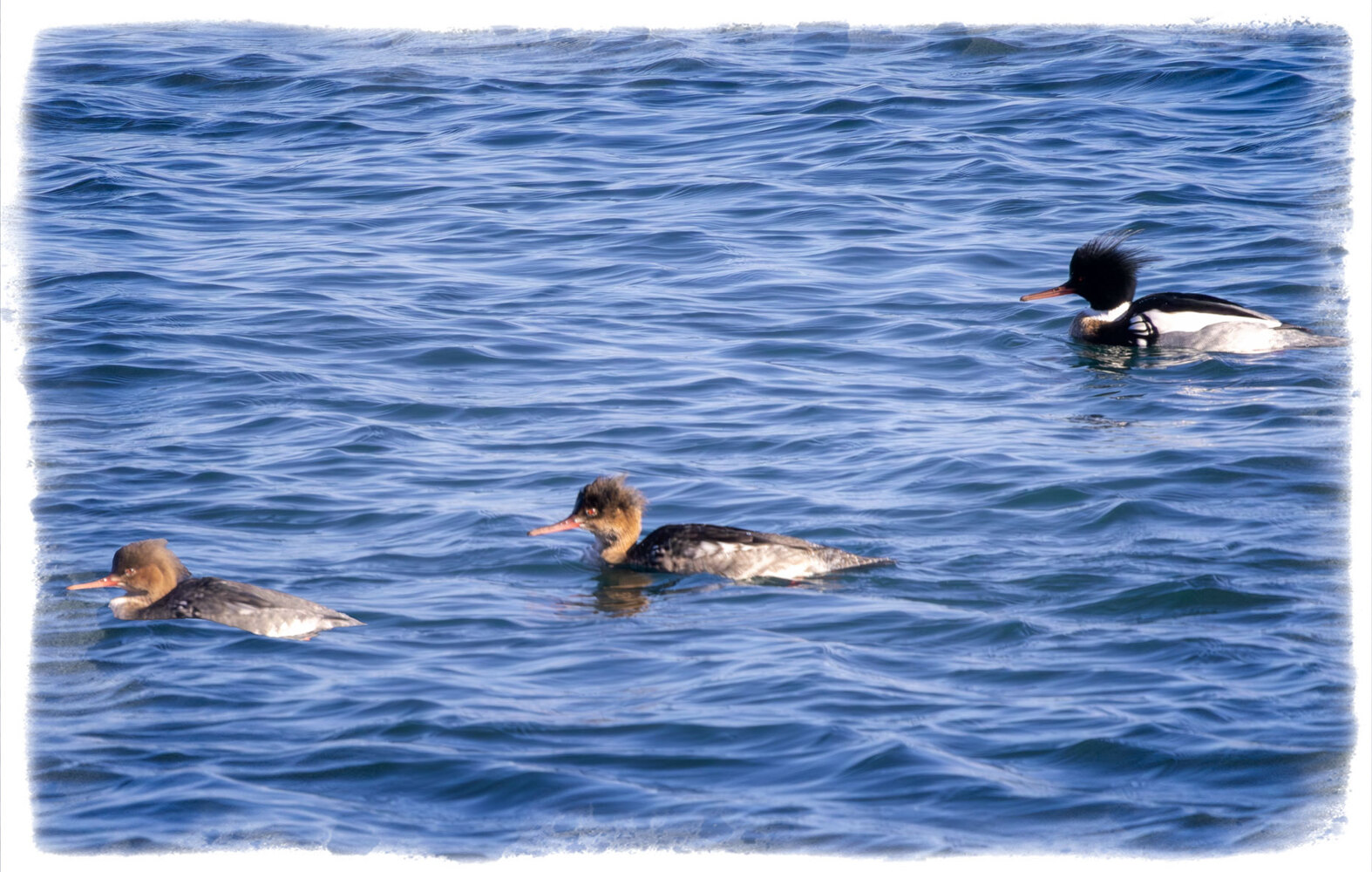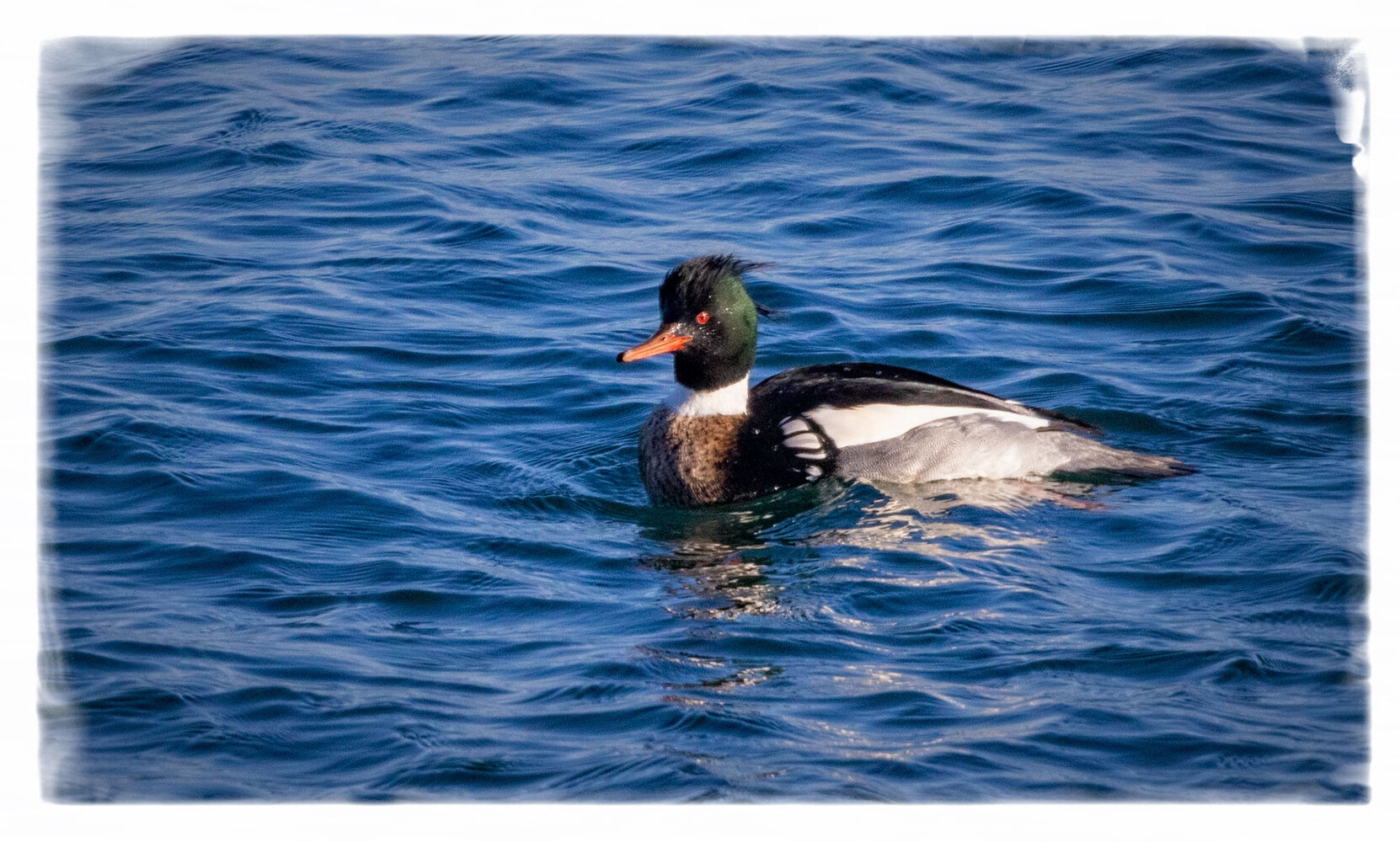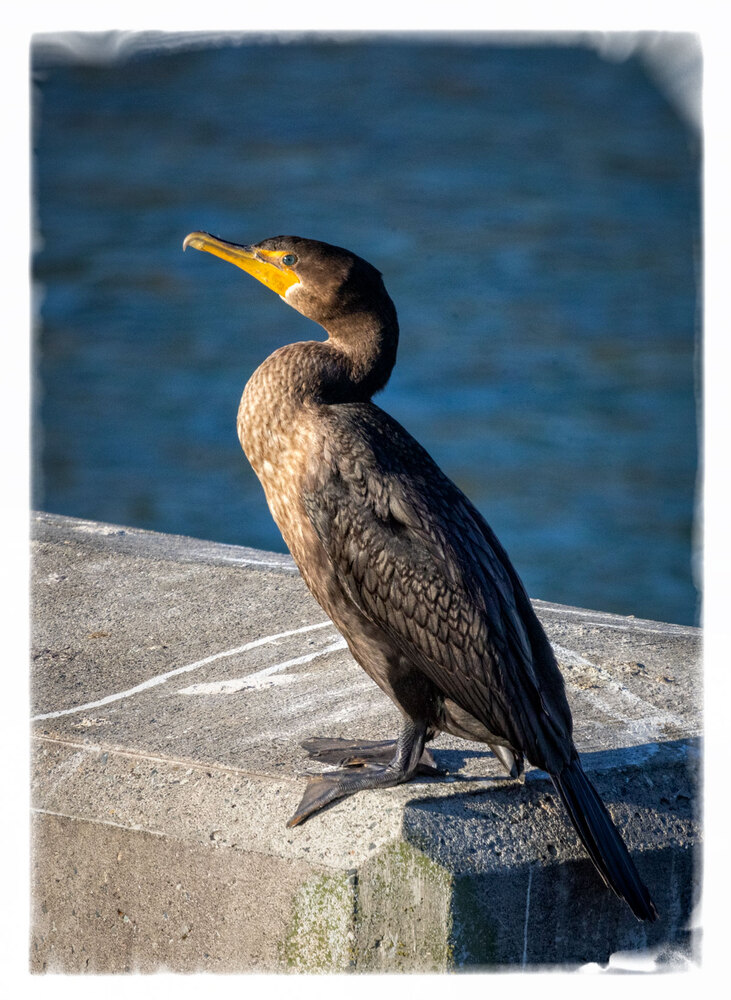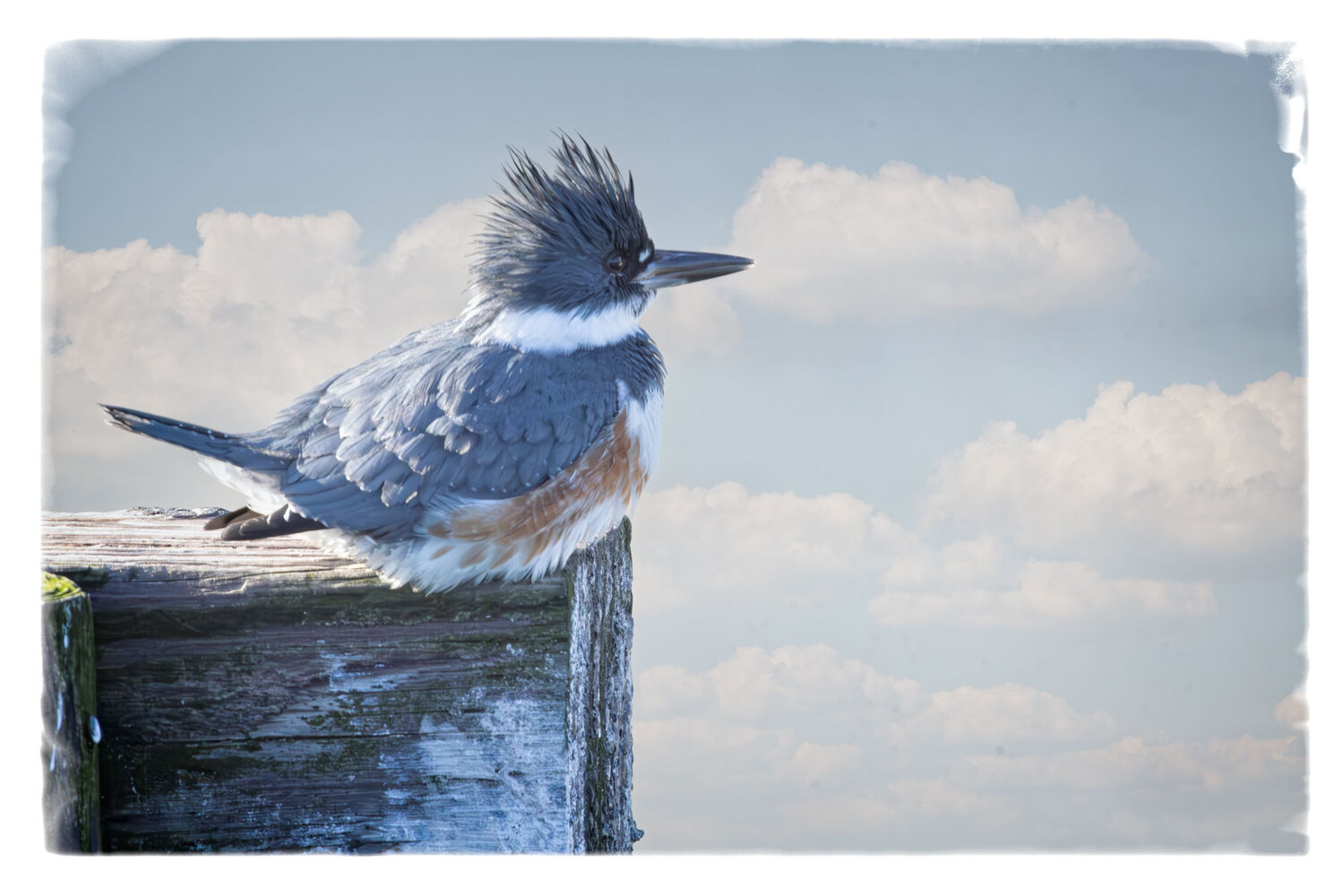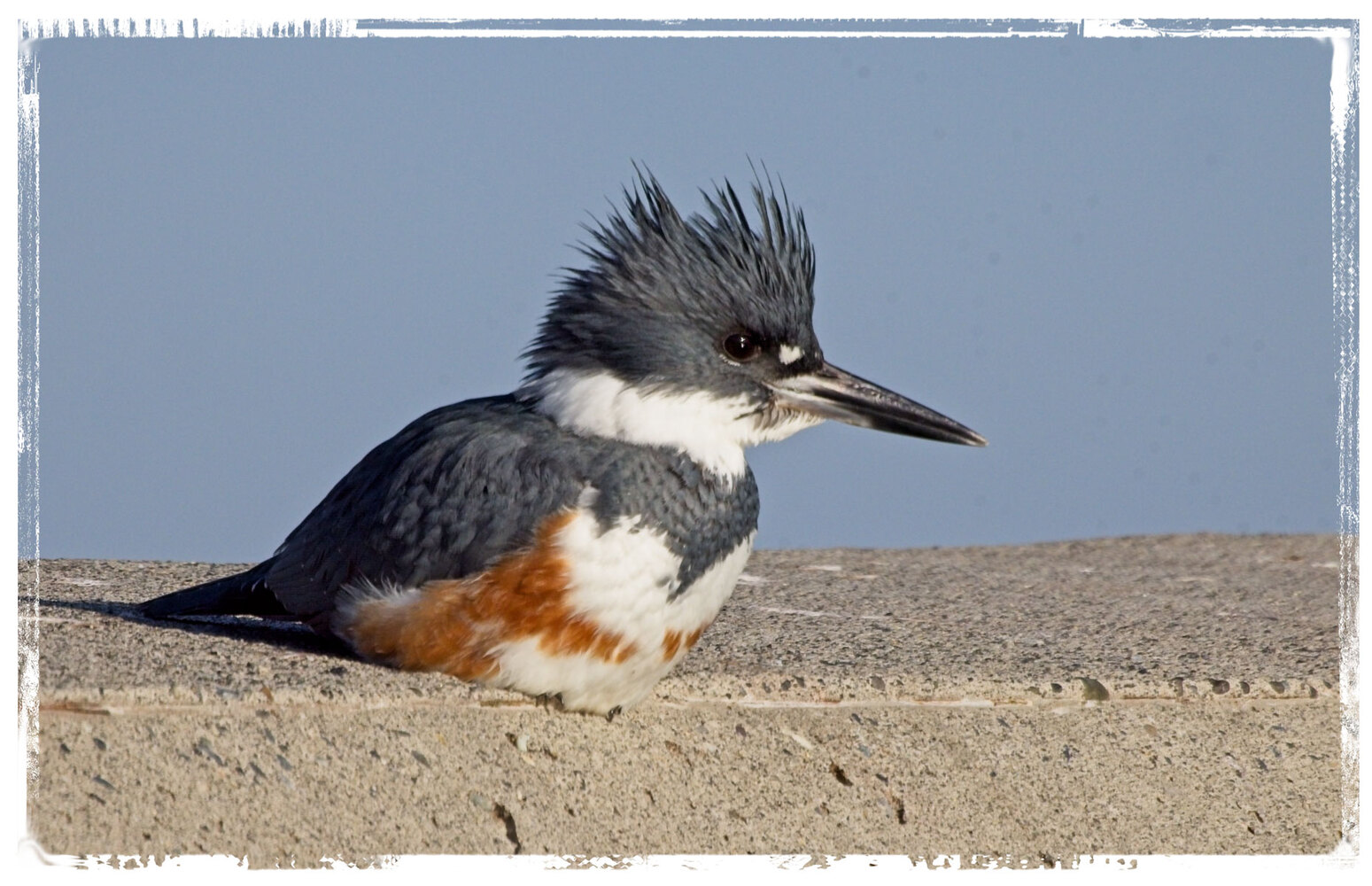The Greater White-Fronted Geese at the Sacramento National Wildlife Refuge are vastly outnumbered by the Snow Geese, though I suspect they may be the second commonest bird there in the Winter. They are still a personal favorite, though, because I’ve only seen them once outside Northern California —a stray that got hooked up with a small flock of migrating Snow Geese.
Usually I am more apt to get shots of them at Colusa NWR, but when we stopped at the Sacramento NWR office, they informed us that flooding had closed the auto tour at Colusa. Informed of that, we decided to make another trip around the Sacramento auto tour.
We didn’t see too many different birds on our second round, but it did serve as a reminder of how different lighting affects photos. Although the light in the early morning run was challenging, to say the least, this photo taken on the far side of the tour on our first go-round might have been my favorite of the day. The alpen glow was reflected in the rich, golden browns of the geese.
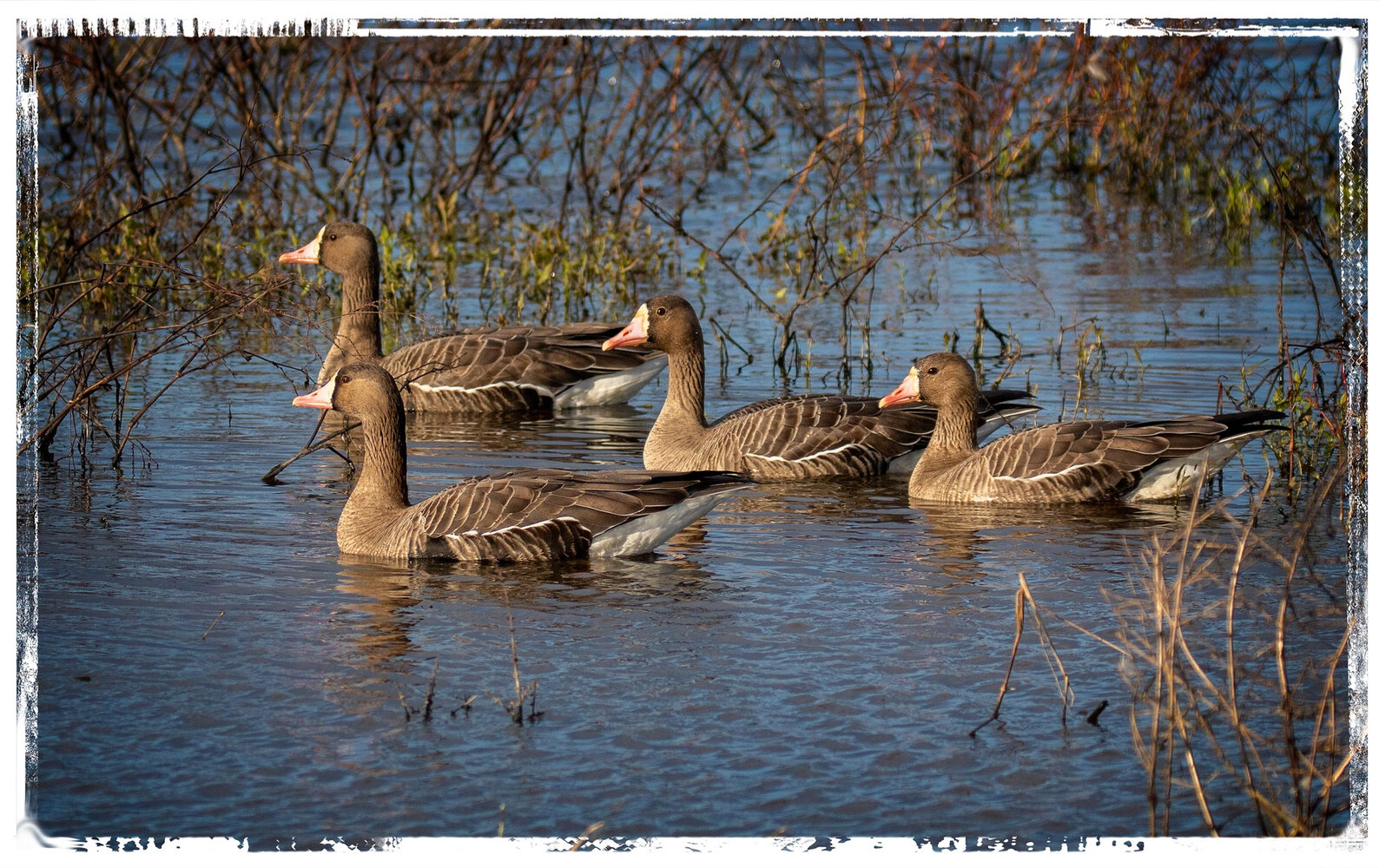
Here’s a shot taken in nearly the same area on our second trip around the refuge when it was brighter than it was in the morning, but the sun was higher in the sky. The first shot is straight from the camera, but I had to adjust the background in the second photo because the water was almost entirely washed out.
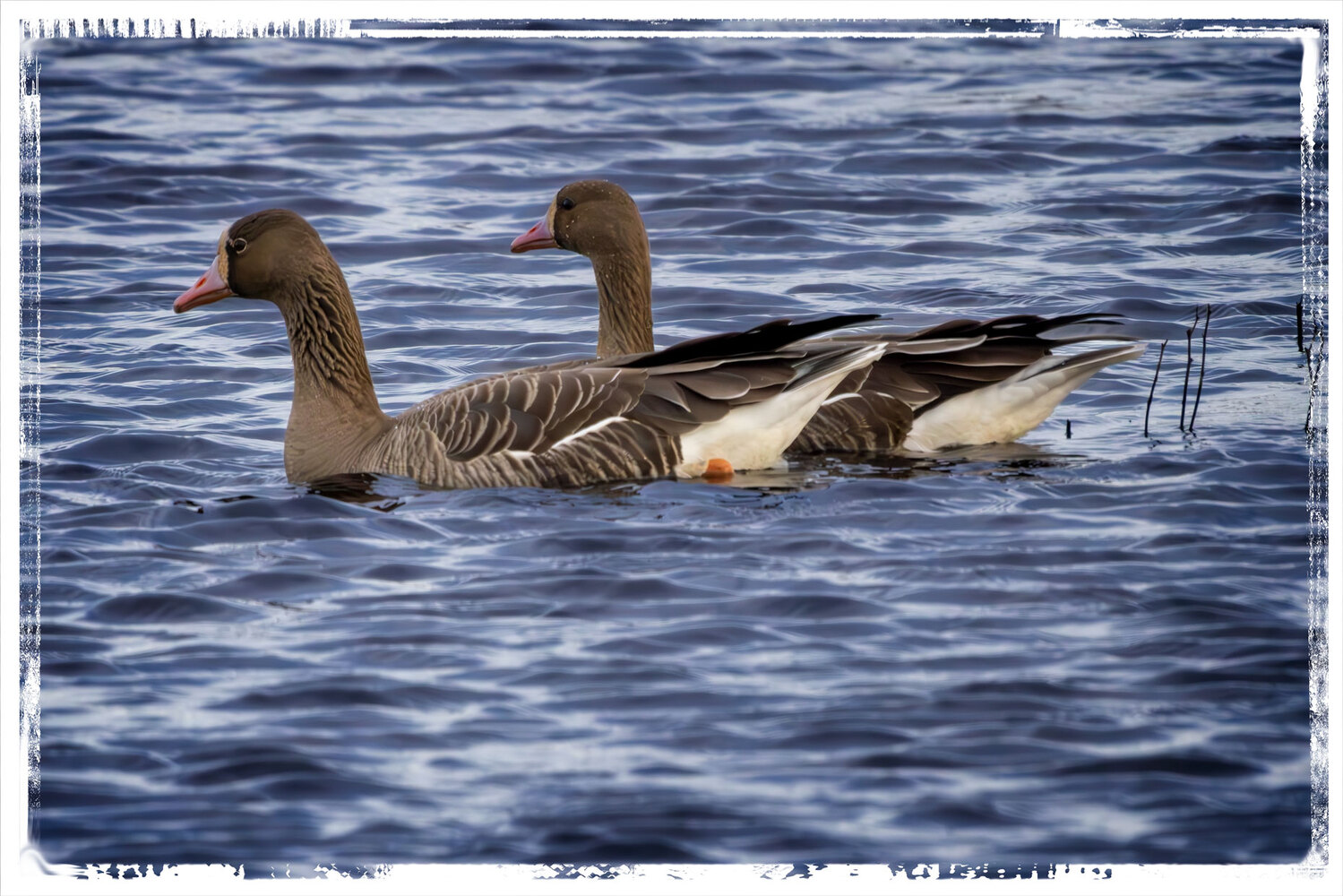
This final shot was taken even later in the day with the sun shining directly on their white front. It’s hard to believe these are even the same species.
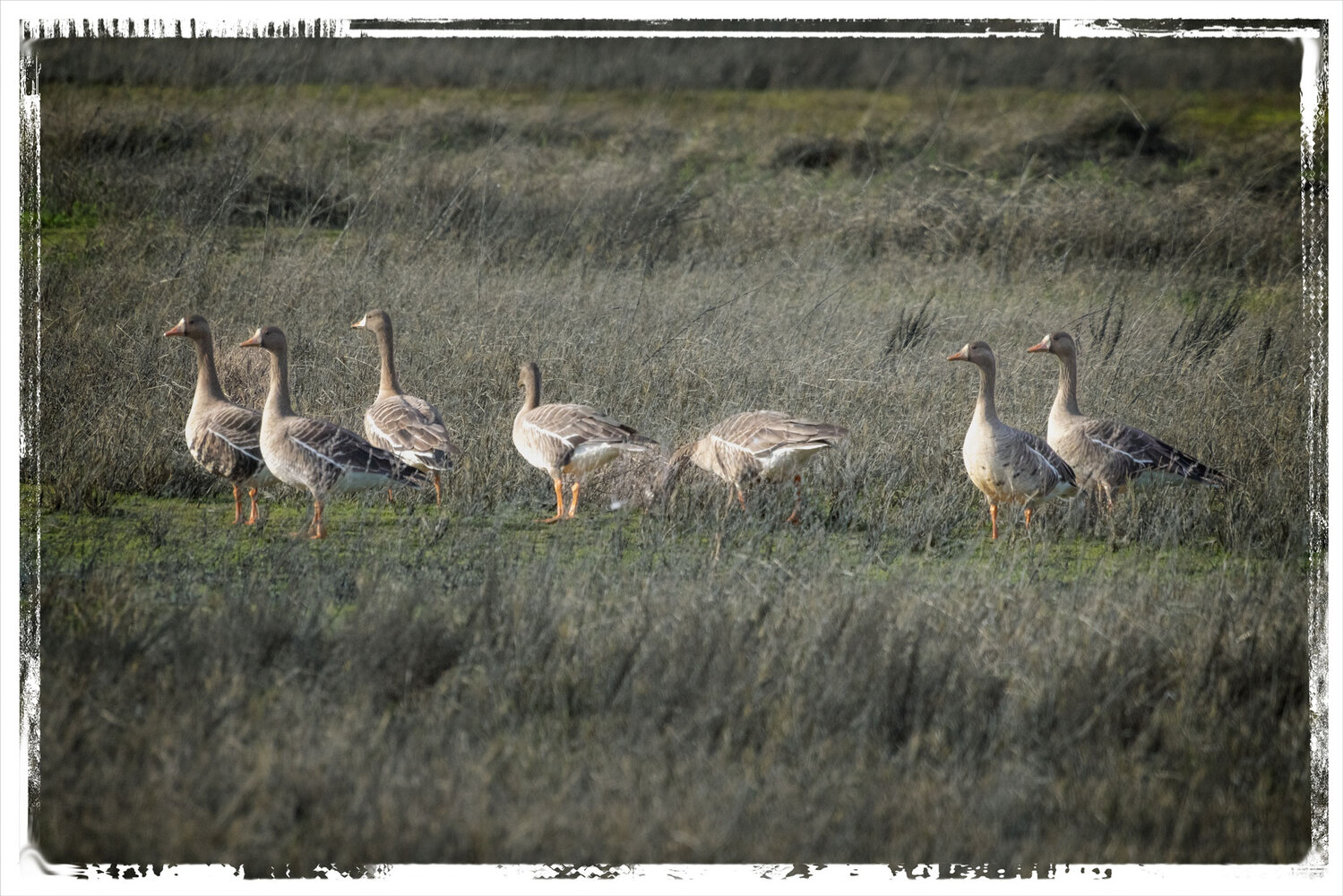
It’s easy to forget how many variables are in play when taking wildlife pictures. I usually try to get an early start because it seems like you see more birds in the morning than you do in the afternoon — and because I’m used to getting up early to get to our YMCA Tai Chi classes. Perhaps if we didn’t live in the Pacific Northwest where you’re more apt to encounter fog than early-morning sunshine, I would be more conscious of the quality of light at different times of the day. However, looking back at the shots we took on our visit to the Sacrament NWR, it’s clear that my favorite shots were those taken at sunrise.


